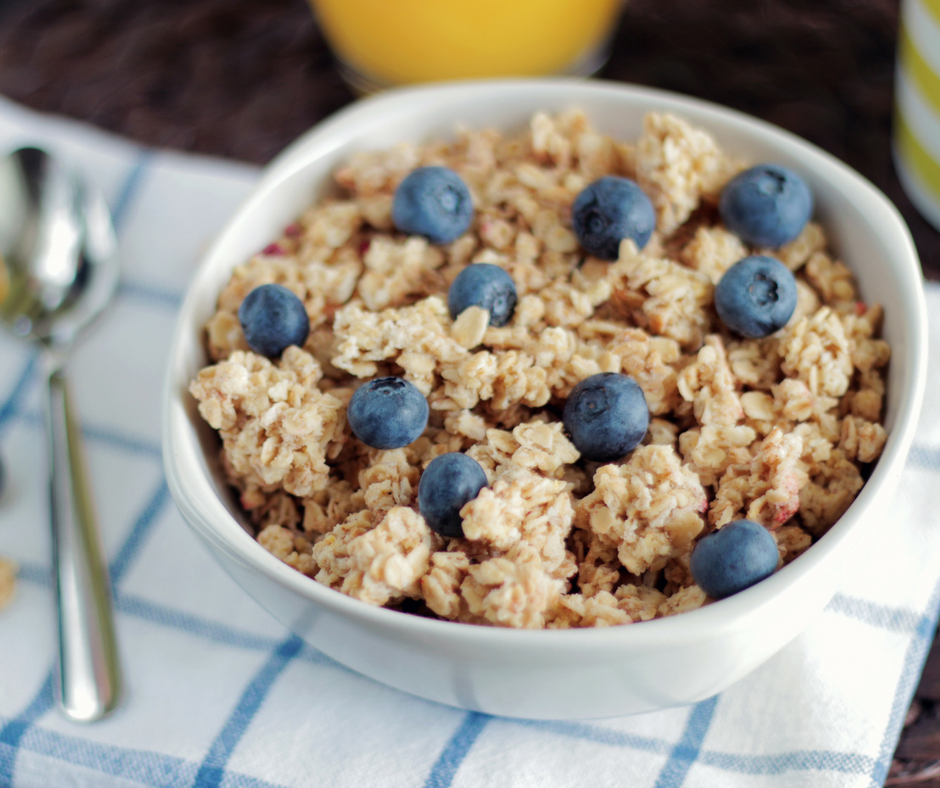Fiber and Weight Loss

My Aunt Sharon tells the story of a college classmate in the 1970s who went on an All-Bran cereal diet and lost 50 pounds in a couple of months. No one had heard of losing weight by eating bran, so, of course, the joke around school was that the weight loss was only proof that he was full of (hmmm, how to say this politely?) manure to begin with!
Back then, the power of fiber (which bran is very high in) for anything beyond its ability to help folks “stay regular” was unknown to the general public. But today we know that fiber is not only good for intestinal health and weight loss, but it deserves our praise for its many nutritional and health-building benefits as well.
Fiber is the “roughage” of plant foods that the body can’t fully digest or absorb, so it’s eliminated at the end of our food’s digestive journey. If you want to lose weight, then (like the kid in Aunt Sharon’s class) make fiber your best friend. It’s been suggested that by doubling your daily intake of fiber you may automatically trim 100 calories per day. And over a year’s time, this could equal a 10-pound weight loss. Three of the primary ways that fiber helps with weight loss are:
- Foods high in fiber help you stay fuller longer. And because high-fiber foods (especially vegetables) usually have fewer calories, you can fill up on them without racking up a zillion calories.
- By eating your fiber-rich foods first, you end up with less room for the higher caloric foods that usually follow. (Here’s a good trick: before going someplace where you know you’ll be tempted to eat way too much, first eat a bunch of celery sticks with low-fat hummus or an apple with almond butter. Just try not eating in a porcine manner after that!)
- Because high-fiber foods take longer to chew, the signal that you’re full has more time to register with your brain and can save you from over-indulging.
Your heart especially appreciates fiber because it lowers “bad” LDL cholesterol levels, helps keep blood pressure at a healthy level and works to reduce inflammation in the body that can contribute to heart disease.
Fiber can also help improve blood sugar levels because it slows the absorption of sugar. For this reason, it reduces the risk for diabetes and, for those who already have the disease, it helps control glucose levels. Fiber’s been called the “Ponce de Leon of food sources” – that’s quite the heavy-handed praise for such a humble ingredient.
Our intestines love fibrous bulk, and the more they get, the faster and better they work to produce praise-worthy results! For the same reason we wouldn’t want toxic waste sitting around in our backyard, we shouldn’t want waste sitting around in our intestines. The faster we can eliminate it in a natural way, the better off we are.
Just remember: If you’re using fiber to stave off constipation, be sure to drink plenty of fluids along with it—and stay active, too—to flush it through your system. Fiber helps the intestines in other ways, too. Some sufferers from irritable bowel syndrome (IBS) swear that additional fiber helps control it, while researchers suggest that fiber may lower the risk of hemorrhoid growth and diverticulosis.
How much fiber is ideal? According to the National Academy of Sciences’ Institute of Medicine, 25 grams for women age 50 and younger, and 21 grams for women 51 and older. Men require more fiber (we’re not sure why, but we suspect our readers could come up with some suggestions!), so men age 50 and younger need 38 grams, while men age 51 and older need 30 grams. As a rule, labels on packaged foods will break down the amount of fiber per serving. For fresh foods without labels, use one of many fiber charts available online, like this handy one: High Fiber Health.
Fortunately, fiber comes in delicious forms. In fact, some of our favorite foods are extremely high in fiber and other great nutrients: apples, pears, raspberries and blackberries (those itsy bitsy seeds are fiber!), avocados, artichokes, beans (think low-fat chili), and brightly colored and leafy green vegetables. Whole grain baked goods, as well as nuts and seeds (think trail mix), are also high in fiber, but you’ll want to watch their calories. Two powerhouses of fiber and nutrition are the popular flax seeds and the lesser-known chia seeds. Sprinkle them on your foods for a great nutty flavor and a super boost of fiber. (You can even get chia seeds in fun beverages now; you kinda chew and slurp them down at the same time!) Keep in mind that the closer your foods are to their original, unprocessed form, the higher they’ll be in fiber.
It really doesn’t take much effort to add more fiber to your diet. It just takes awareness and a desire to make healthy choices a regular part of your life.
